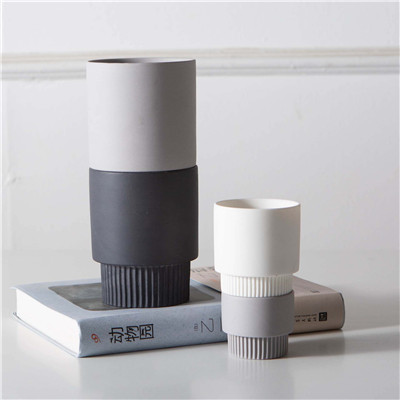Bone china
Referred to as bone china, also known as bone china, the production began in the United Kingdom, and the academic community generally believes that the first Englishman who successfully produced bone china was Josiah Spode (1755-1827). Josiah Spode directly mixed calcined bones with china clay and mineral flux to become the traditional raw material for hard porcelain, which was successfully tested in the early 19th century. Then he began to carry out systematic research on the production of bone china formulations. At the end of 1821, the proportion of ashes and porcelain stones was “standardized”. At that time, it was considered that the porcelain produced by feldspar as a flux containing 46% of ashes was the most Good product.
The firing temperature is 1200°C, and the raw material contains beef and sheep bone meal. The grade depends on the bone meal content. The higher the bone meal content, the higher the grade. Three characteristics of thin, light and transparent, milky white, belong to high-grade porcelain. The same cup type, bone china cups are much lighter than white porcelain, stoneware porcelain, and reinforced porcelain cups, and have good light transmittance, showing a natural milky white color, and the sound of hand buckles is as sweet as a bell. It is most suitable for making high-grade gift daily-use porcelain.
The two basic characteristics of bone china are the essential basis for distinguishing bone china from other china.
Feature 1: The bone char content is more than 36% (national standard);
Feature 2: After secondary firing (bisque firing, glaze firing). According to the bone china standard set by the United Kingdom, it contains 30% tricalcium phosphate from animal bones, and the finished product is light-transmitting, so it is called bone china. The American standard is at least 25 percent.

